Winter is coming - is your type of heating system the best way to heat your home?
Learn the different heating systems and find out which is the best fit for your home


There have been an ever-increasing number of heating systems hitting the market in recent years – and that has left homeowners asking 'Which is the best way to heat my home?'
Rather than just relying on gas central heating and radiators, a combination of different heating systems provides both heating versatility and can help you save money on your gas and electricity bills.
Heating systems
The way we heat our homes is a hot topic, both in terms of concerns for both the planet and our wallets. We are all looking for energy-saving tips for the home and better ways to insulate your home.
The 2021 census found that 74% of households rely on mains gas central heating systems, with 9% using electric and 3% on oil.
This has a significant cost: on our bills – the Office for National Statistics reports that gas prices rose 36.2% in the year to June 2023; and on the environment – the Climate Change Committee (CCC) highlights that heating and hot water for buildings makes up 40% of the UK’s energy consumption and 20% of its greenhouse emissions.
Heat pumps

Heat pumps are the latest trend in sustainable heating – these take heat from the air or soil and transform it into energy.
They are very attractive to country homeowners, for whom oil tanks and LPG bottles are an everyday reality – according to the CCC, one in four homes using oil heating could switch to a heat pump, saving 3.2 tonnes of CO2 per year. However, they are also worth considering for homes with gas central heating, too.
Sign up to our newsletter for style inspiration, real homes, project and garden advice and shopping know-how
What are the different types of heat pump?
There are two main types of domestic heat pump – air source and ground source. ‘Heat pumps work by extracting heat from renewable sources such as the air, ground or water,’ explains John Gilham, group technical manager at Green Building Renewables. ‘They use electricity to power a refrigeration cycle that transfers the heat from a lower-temperature source (such as outdoor air) to a higher-temperature space (i.e. indoors). These pumps can then be used to power radiators in much the same way as a traditional gas boiler.’
There are disadvantages to ground-source heat pumps: they are difficult to install and require excavation, although they are more efficient.
Air-source pumps are more straightforward to install, so more cost-effective. In the UK, either option is a viable choice as it is only when temperatures drop below -15°C that air-source heat pumps begin to struggle.
How much do heat pump costs to install and run?
Heat pump cost is the main sticking point for people looking to convert from gas central heating systems. ‘Though the installation is an investment, the government offers financial support. In England and Wales, the Boiler Upgrade Scheme provides upfront grants of £5,000 to support the installation of air-source heat pumps and £6,000 for ground-source,’ says Robert Stiby, heat pump installation expert at Daikin.
What are the running costs for heat pumps?
Once installed, the next question is about running costs. A modern gas boiler is 85 to 90% efficient and a heat pump is typically 300 to 400% efficient. ‘At current prices, a heat pump’s operating cost is comparable to gas boilers and cheaper than others such as LPG, direct electric boilers, electric storage heaters or oil,’ explains John.
This means you are paying around the same for a much more sustainable option – and you can expect a heat pump to last for 20 to 30 years. Heat pumps are also compatible with most radiators already in your home. ‘However, it is important to note that you’ll need a hot water tank that is adequate to store water for however many people are living in your household.’
Radiators
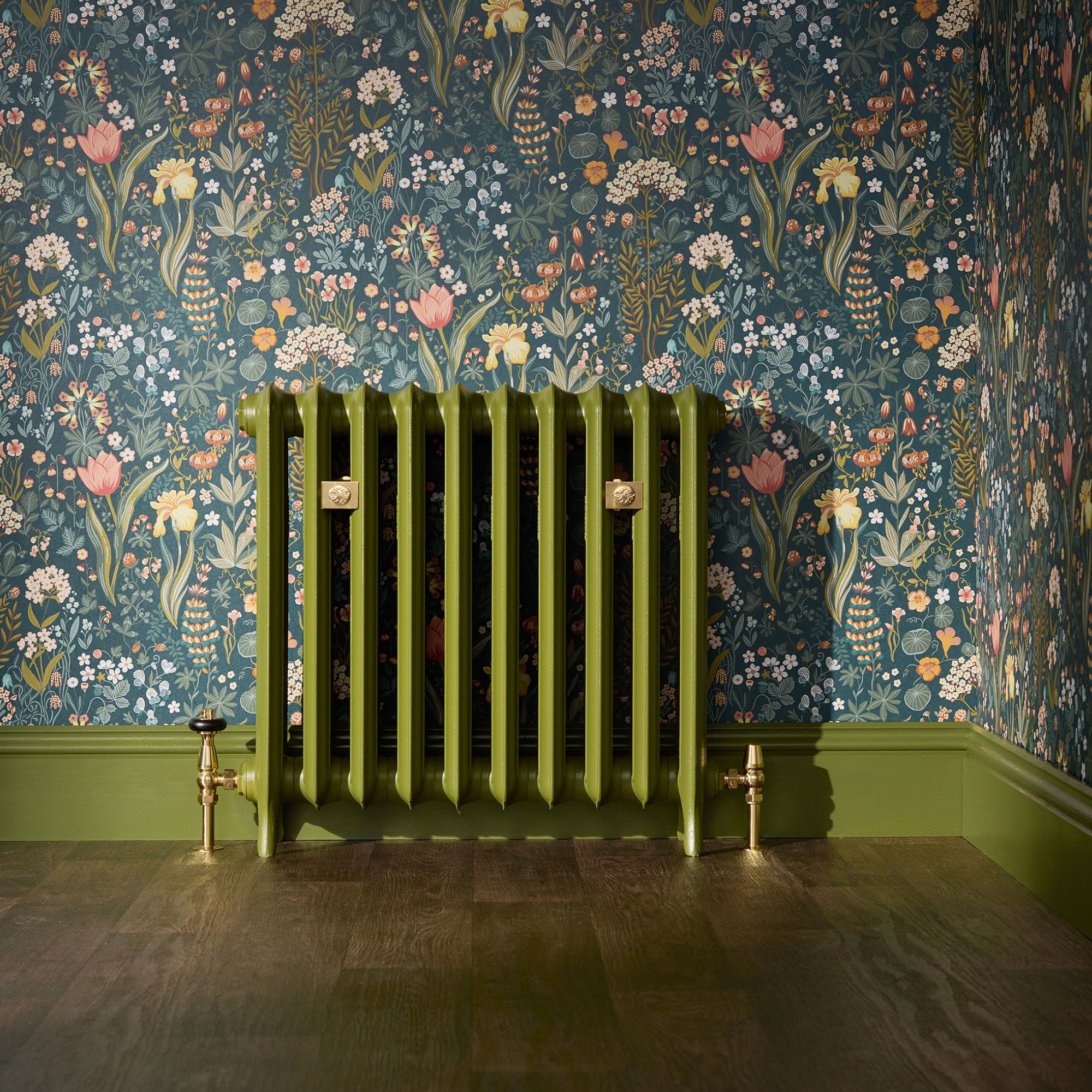
What is the best material for a radiator?
Four common types of metal are used for radiators, as Jess Steele from BestHeating explains
Mild steel: Most popular for radiators and heated towel rails. Cheap and easy to mould and colour. Prone to rust, which causes underperformance over time, increasing energy bills.
Aluminium: This superconductor is gaining popularity for its high heat output, environmental benefits and resistance to corrosion. It is one of the most cost- and energy-efficient choices.
Stainless steel: A more expensive material, but it retains heat far better than aluminium so rooms will stay hotter for longer. It is also highly resistant to corrosion and rust.
Cast iron: The original radiator material and still popular for its aesthetics. Cast iron radiators take a while to heat up, so you need to get them switched on before you start getting cold. But they also take a while to cool down, retaining the heat for longer after being turned off.
Should I consider electric radaitors?
Radiators are the most common heating systems and can be powered by electricity or gas. However, there are ways to improve their efficiency. Firstly, how they are powered. ‘There is often a debate on whether it’s more cost-effective to opt for electric radiators or stick to gas centrally heated radiators,’ says Jess Steele.
‘There is no energy wastage with electric; 100% of the electricity used to power an electric radiator is converted to heat, whereas with boiler-based heating systems energy can escape through the flue. So less energy is required to run an electric radiator, saving on long-term running costs. Even a new modern gas boiler is only 90% efficient, so if you want the most for your money, invest in electric radiators.’
‘Electric heating systems are easier, safer and cheaper compared to gas central heating systems. There is no need for pipes, vents or ducts, which often drive up labour costs. Plus, it doesn’t emit carbon monoxide.’ However, different radiator materials have different effects on efficiency.

How do I find the right size radiator for my space?
It is also important that you choose the right size of radiator. This will be influenced by the size of the room, the insulation levels and the heat output of the individual radiator, as measured in British thermal units (Btu). A heating engineer can work this out for you, but to get a rough idea you can use the online heat output calculator at theradiatorcompany.co.uk.
What are the different styles of radiators?
Column radiators are ideal for Victorian and Edwardian properties, and can either be simple school style or moulded with ornate designs. They come in a choice of finishes or can be painted in your preferred colour.
Salvaged cast-iron column radiators add an authentic touch to a period home. They need cleaning, testing and their fittings updated to be compatible with modern heating systems, so purchase from a specialist supplier.
Panel radiators are the most common type, and are very cost-effective. They are usually white and, although not period-appropriate can work well in less-visible areas.
Flat panel radiators, which don’t have grooves, are more minimalist and can blend into a neutral room scheme.
Designer radiators have a contemporary edge, whether designed to fit in awkward spaces or camouflaged as mirrors, blackboards or artwork.
Vertical radiators are tall and narrow, which makes them ideal for rooms with limited wall space.
Towel radiators, as their name suggests, are designed for use in the bathroom to hang and warm towels.
Fires
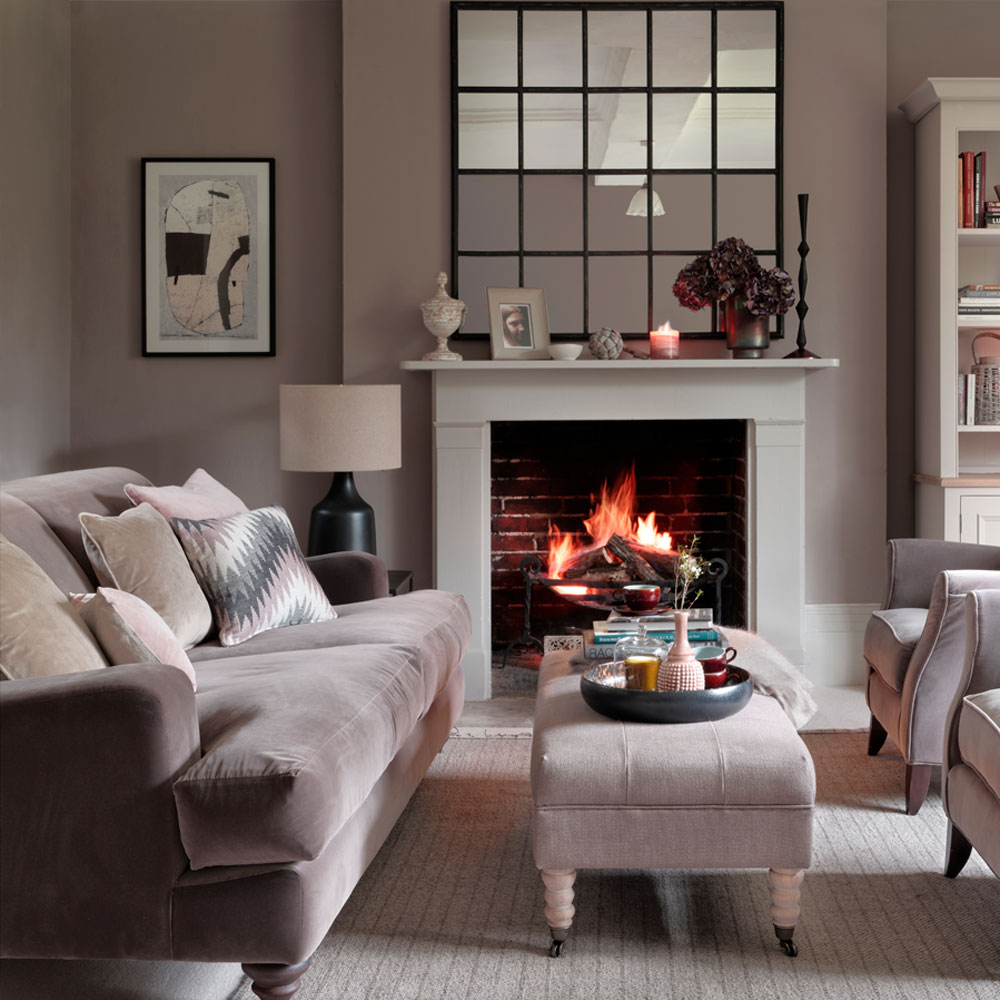
Fires have been used as heating systems for centuries; however, open fires are notoriously inefficient, as 80% of the heat is lost up the chimney. A much more efficient option is the stove, which can be wood-burning stove or multi-fuel stoves.
From 2022, it became illegal to sell new stoves that do not comply with Ecodesign regulations. These stoves are designed to increase efficiency and lower emissions.
‘This technology reduces particulate emissions by 90% compared with an open fire or 80% compared with a stove five to 10 years old. It can also lead to significant reductions in carbon monoxide, nitrous oxide and organic gaseous carbon compounds,’ explains Phil Wood of Contura. ‘Just two logs per hour are required to keep a wood-burner going, while eight logs are needed to burn for an hour in an open fire.’
What is the best fuel for a fire or stove?
Wood is the most sustainable traditional fuel option for a fire or stove, as it is renewable.
‘When sustainably sourced and burnt on a quality wood-burner, wood is viewed as a low-carbon fuel source for domestic heating, releasing around the same amount of carbon into the atmosphere as that absorbed during the growth of a tree,’ explains Annabelle Cavell from Stovax.
Coffee logs are becoming popular, too – these are 20% hotter and longer than kiln-dried wood and made using waste coffee grounds.
‘Wet wood creates tar and other substances that will block chimneys and blacken the stove’s glass,' adds Annabelle. This makes it vital that your logs are dried out before you use them – thankfully there are lots of log storage ideas to help you out.
'Similarly, so-called “house coal” is a dirty fuel that will damage a modern stove, and is now banned from domestic burning.’
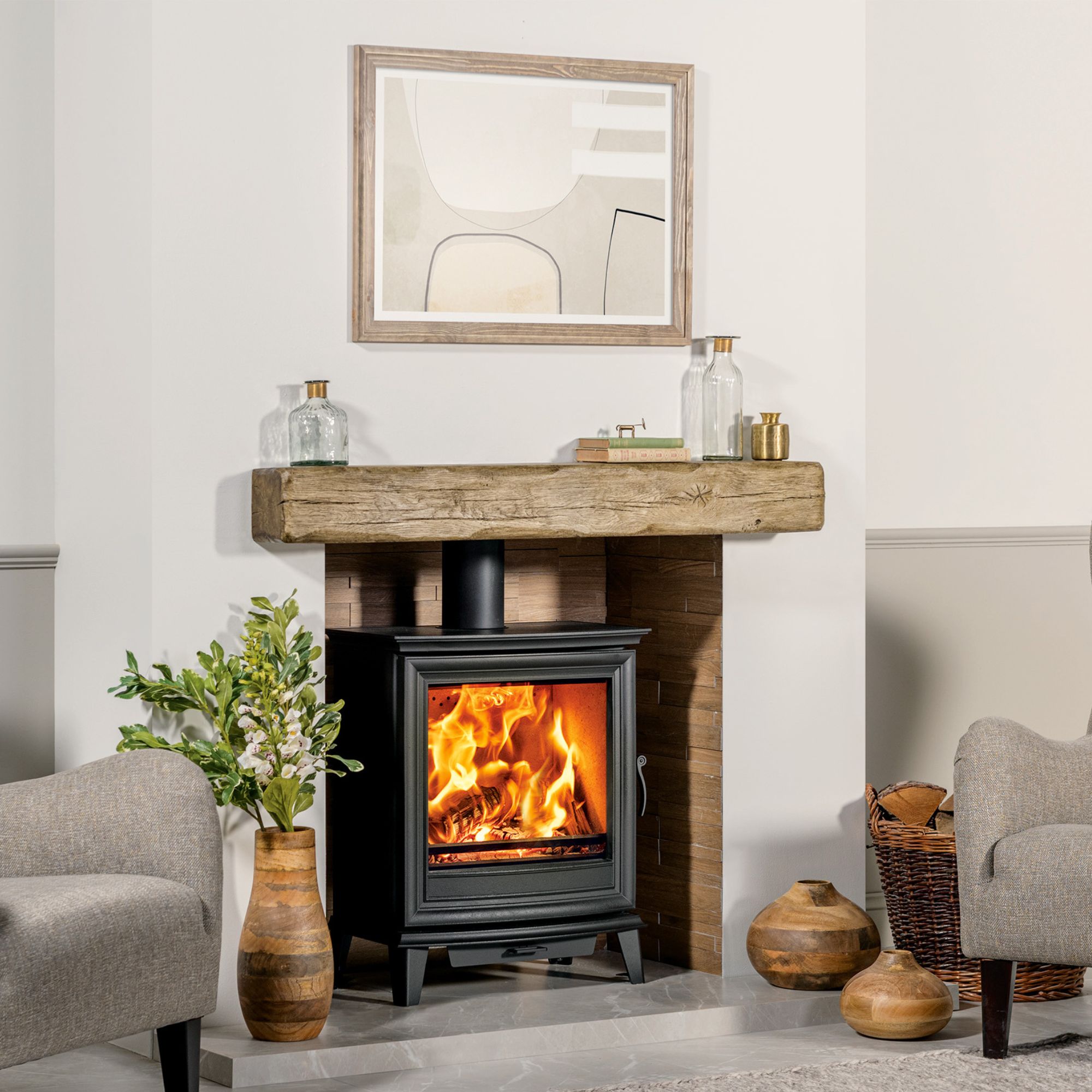
Should I consider an electric stove?
‘If ease of installation is a priority for your heating systems, then electric stoves and fires provide instant localised heat and, as they require only a standard three-pin plug socket, can be installed almost anywhere in the home,’ says Annabelle.
Underfloor heating
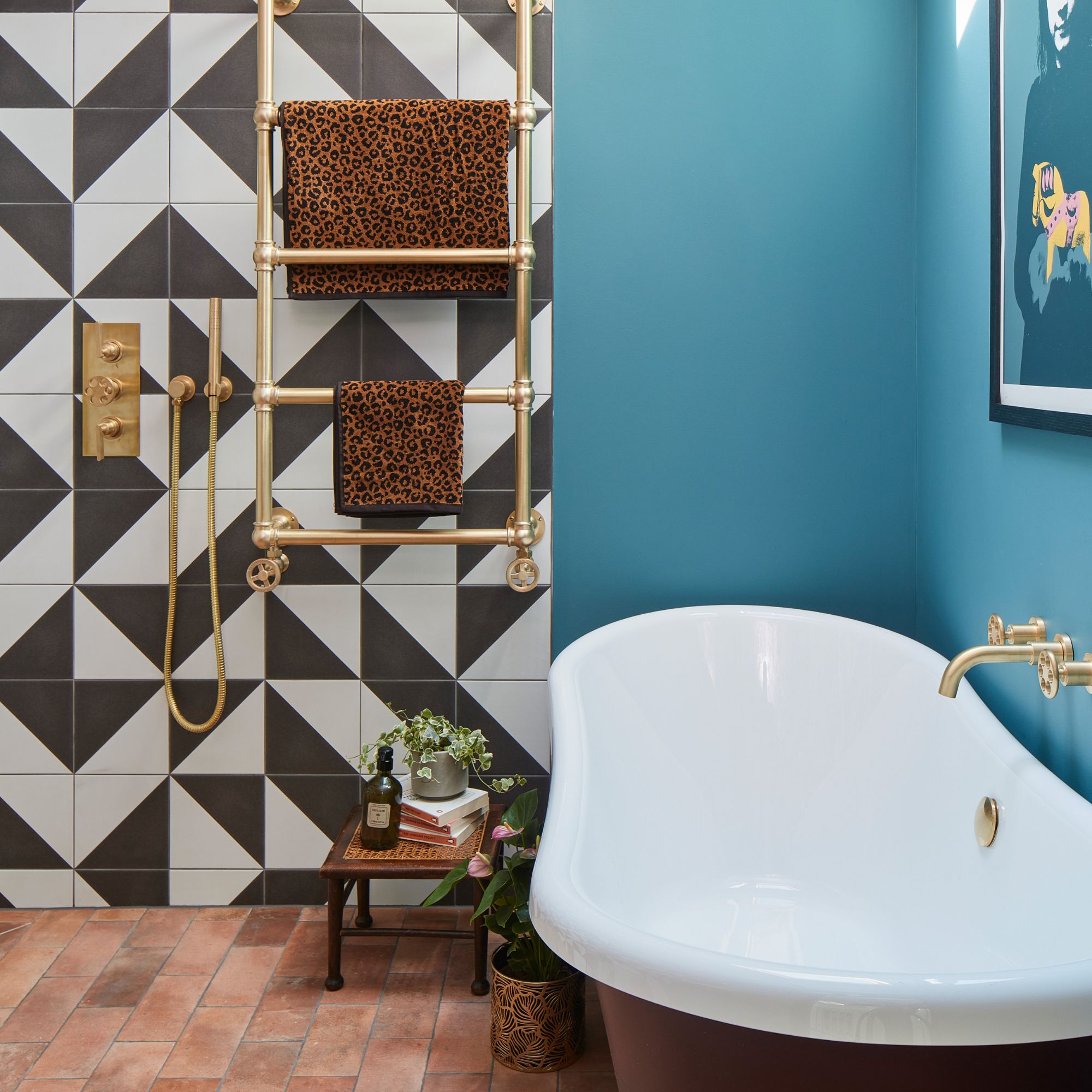
What are the different types of underfloor heating?
Underfloor heating systems (UFH) are the perfect heating system for spaces where a radiator or stove would be obtrusive. There are two systems: warm water (wet) and electric (dry). Relying on heated water running through pipes, wet is the more efficient option, as the water only needs to be heated to low levels to produce heat. However, this isn’t suitable for DIY installation and will be expensive to install as it may require floor levels to be raised.
Dry underfloor heating systems use electric mats or loose cables to evenly distribute heat throughout the room. Suitable for DIY installation, it is ideal for smaller areas, as well as in homes without mains gas.
Underfloor heating costs differ from project to project, but the headlines are that electric underfloor heating is cheaper to install but more expensive to run when compared to wet underfloor heating. 'Electric underfloor heating systems may cost less to buy the product per m2 – but running costs are up to 60 per cent more than wet forms and it can have a shorter lifespan,’ says Tom Edmunds, general manager at Wunda.
What flooring should I pair with underfloor heating?
One drawback to installing underfloor heating systems is that they require you to lift the existing flooring – this increases the cost of installation, so it tends to be done as part of a larger renovation or extension project. It is becoming increasingly popular to retrofit underfloor heating.
Lots of flooring types are compatible with underfloor heating systems including tile, vinyl, carpet and engineered timber; always check for suitability with the supplier.
FAQs
Should I upgrade my boiler?
If your boiler is more than 10 years old, then updating it can make a huge difference to your radiators’ output and efficiency. Ask a heating engineer to help you decide whether a combi or system boiler is best for your home. Ensure that your boiler gets serviced annually and that you have a working carbon monoxidedetector. The right valves will also aid efficiency, allowing you to control each individual radiator. Choose manual or smart valves, which are controlled over Wi-Fi. Valves will also impact your radiator’s appearance, so choose in-keeping designs that complement your décor.
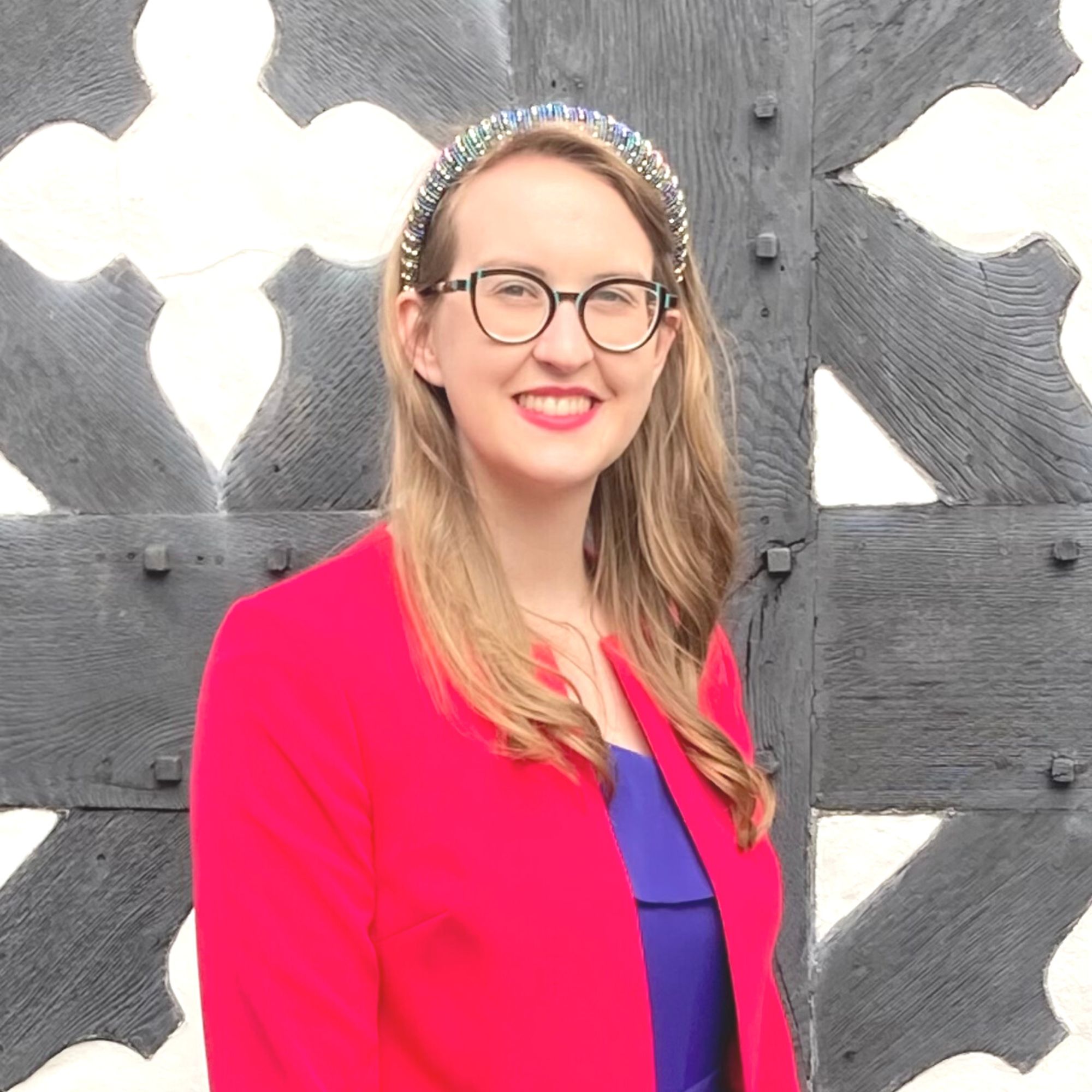
Holly is one of Ideal Home’s content editors. Starting her career in 2018 as a feature writer and sub-editor for Period Living magazine, she has continued this role also adding regular features for Country Homes & Interiors and the Ideal Home website to her roster. Holly has a passion for traditional and country-inspired interiors – especially kitchen design – and is happiest when exploring the countryside and hills of the Lake District. A keen gardener, she is a strong believer that you can never have too many houseplants.